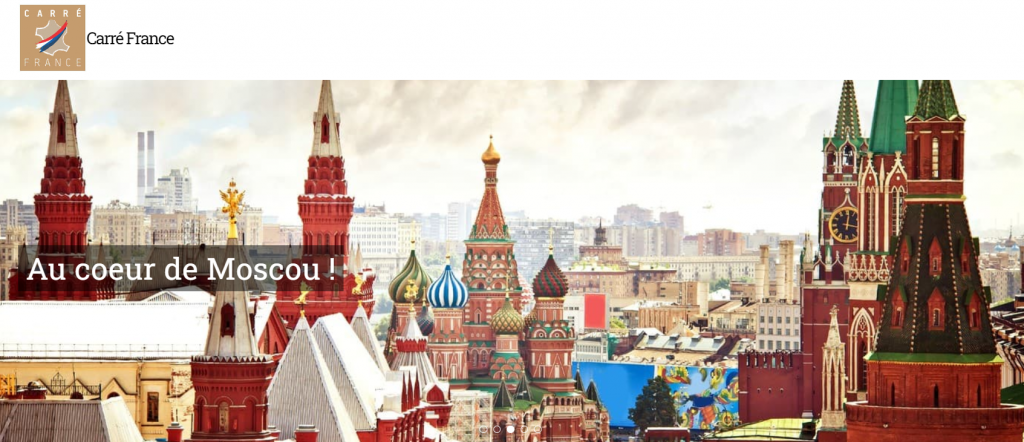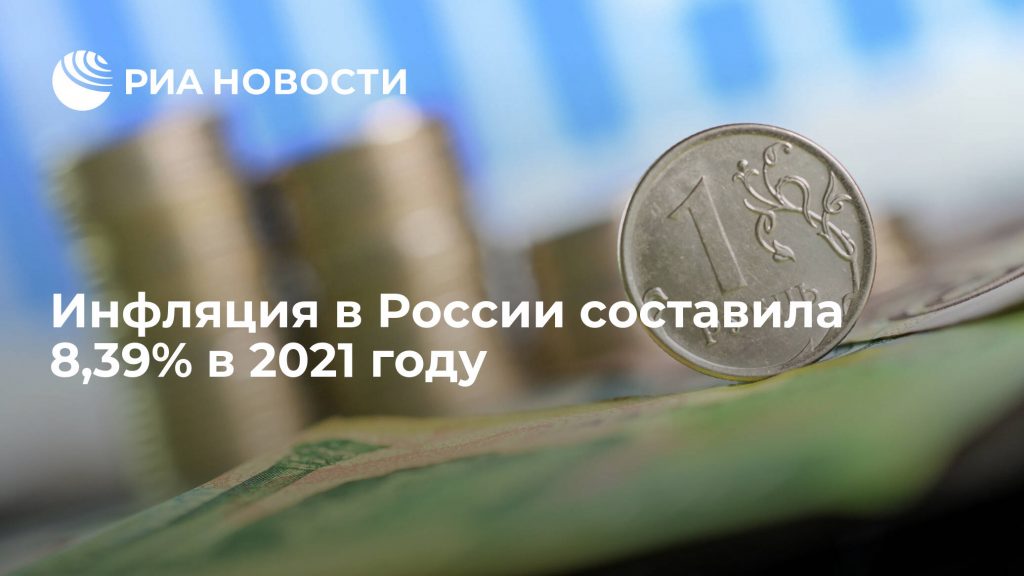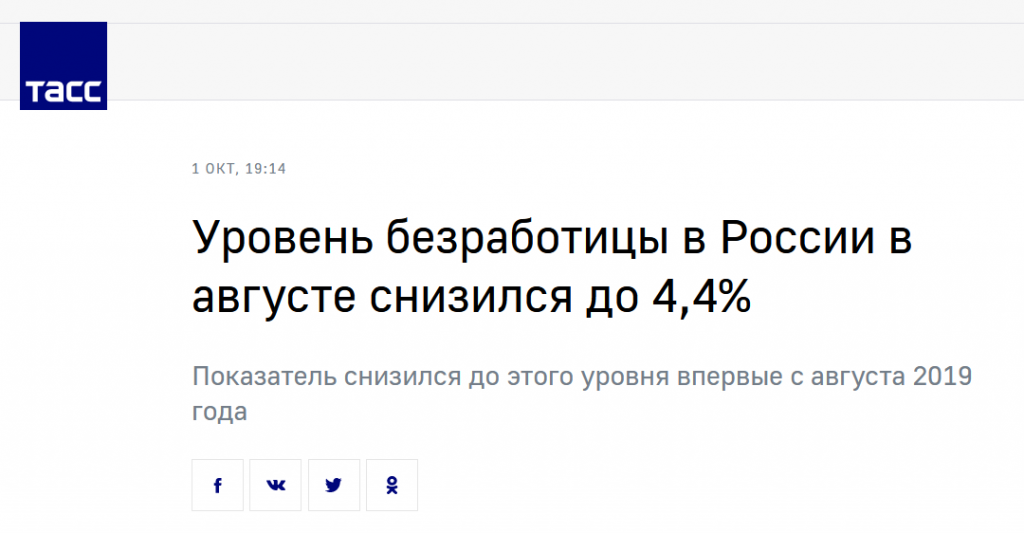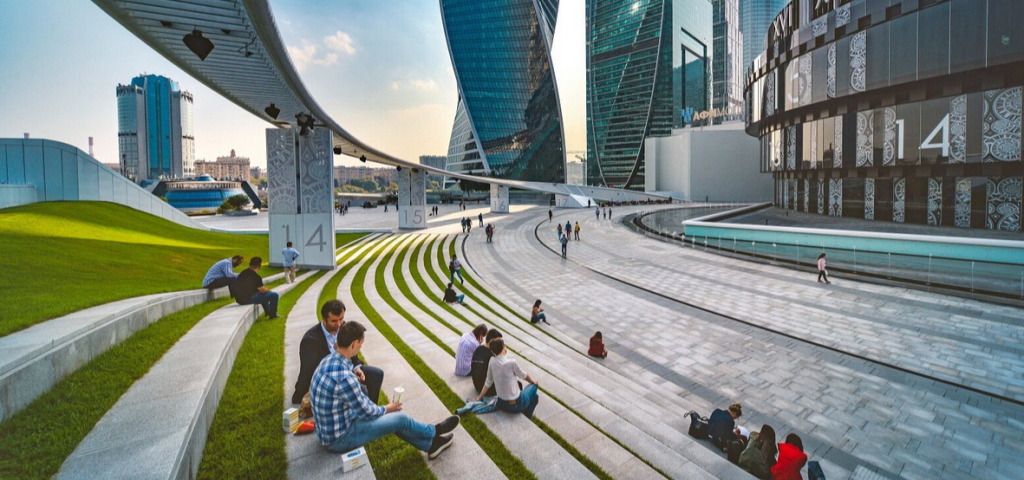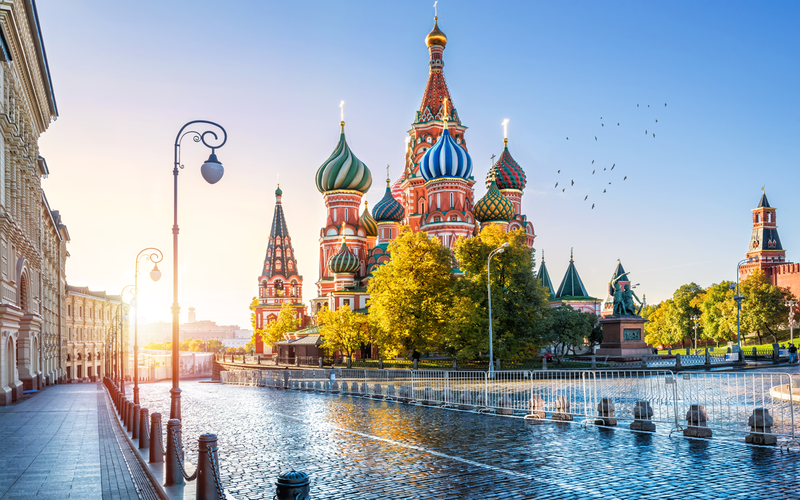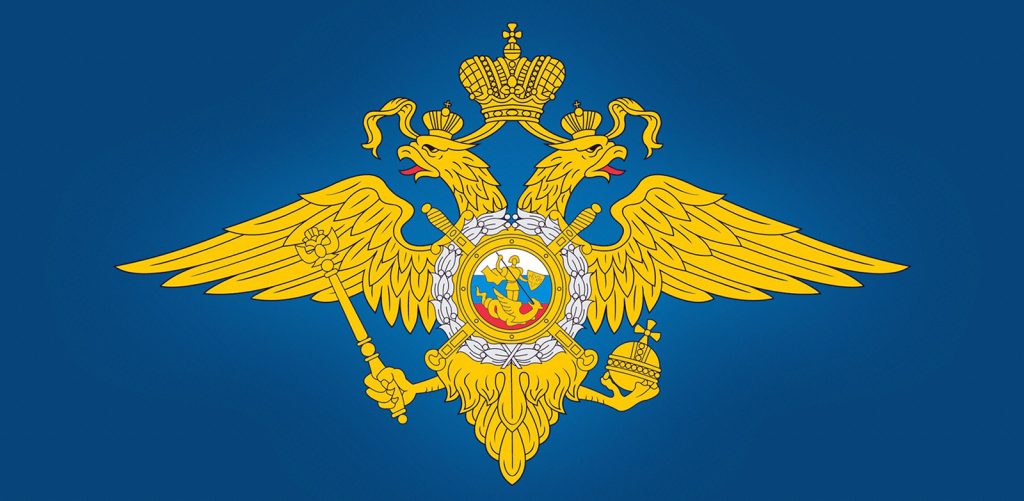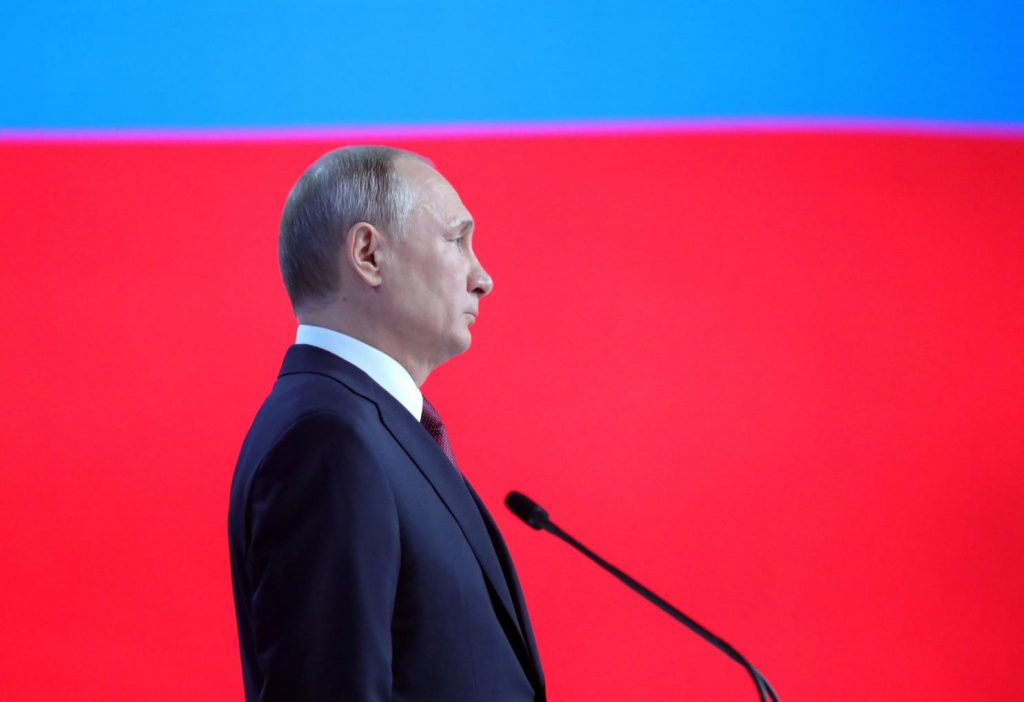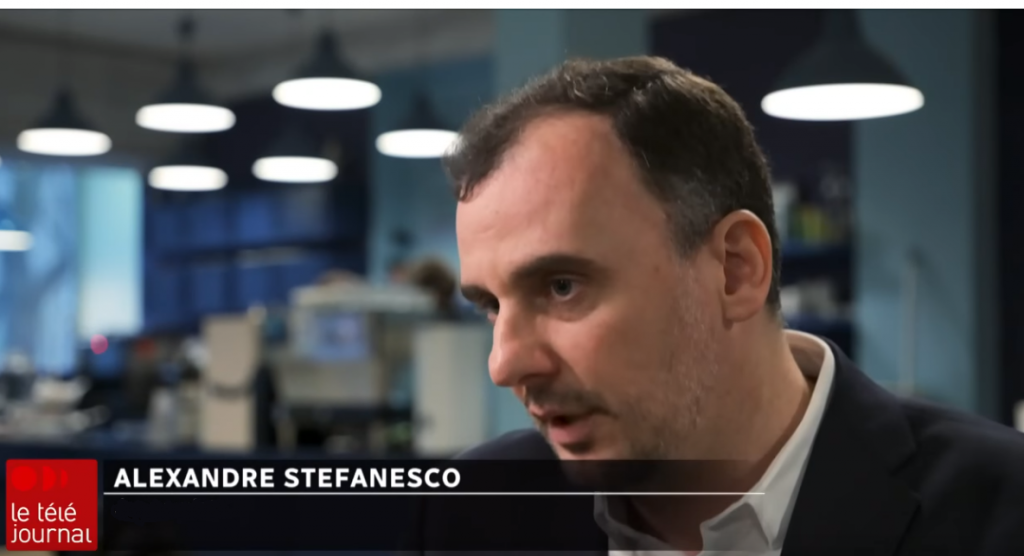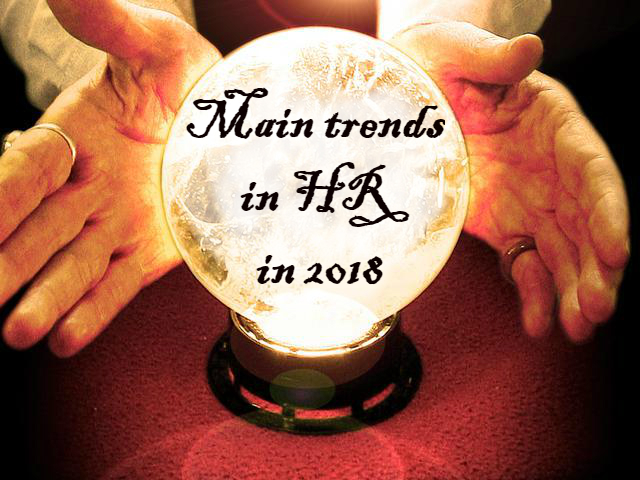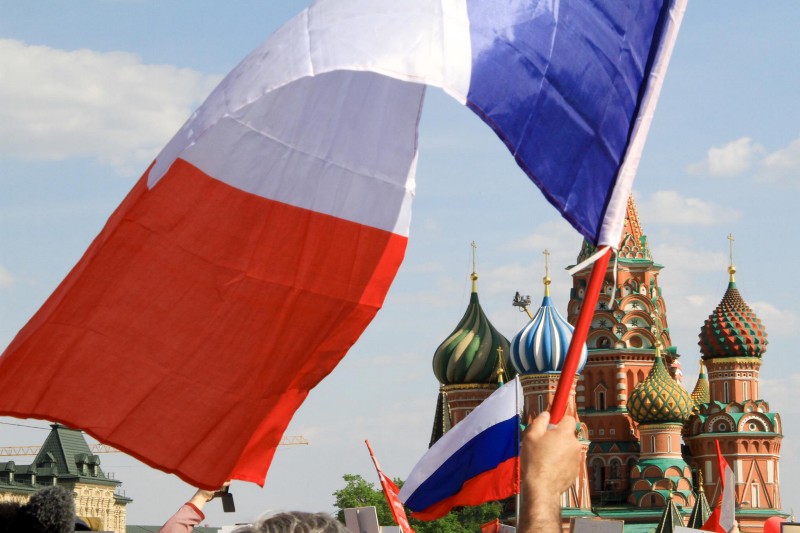We talked to Alexandre Stefanesco of ATSAL about a different way of recruitment, and this is what he said: First of all, how are you and your family doing in these COVID-19 times? Alexandre Stefanesco: I got Covid-19 in November 2020, but my wife was already vaccinated while our kids went through it like magic. So, so far so good! Tell us about you, your career, how you founded ATSAL? Alexandre Stefanesco: I am born in France but have lived in Moscow for 13 years, therefore I am “Frussian.” Since 2012 I have run ATSAL, a company that I created, which is a leading HR Consulting & Recruitment Agency based in Moscow operating in Russia, CIS, and Europe. How does ATSAL innovate? Alexandre Stefanesco: We innovate in the way that we permanently try to bring high value-addition to our clients when searching for highly complex and rare profiles. Also, we have tools to recruit on distance, which is necessary due to the size of the country, and they became useful during the pandemic when we still had to recruit despite the fact that people could move, meet, and travel less … How does the coronavirus pandemic affect your business, and how are you coping? Alexandre Stefanesco: Well, recruitment does not go well when you have an economic recession, closed borders, and lockdowns. Being Moscow-based and working a lot with Foreign companies, we have been impacted very strongly by the situation in the different European countries where our client’s HQ is based. We took a lot of different decisions to face this recession: new specific Covid tariffs, new HR services dedicated to candidates, creation of a newsletter to inform our clients about the situation in Russia … Did you have to make difficult choices, and what are the lessons learned? Alexandre Stefanesco: We made it through without any major decisions to make. The Russian economy also starts recovering probably faster than expected. Finally, we got locked-down in April 2020, but since mid-May 2020 the city is open and despite a huge second wave, the economy stayed open. Lessons learned are clearly numerous, and the first one I would say is that no matter which scenario you can predict or imagine for your Business, you must always be ready for a Force Majeure situation. What specific tools, software, and management skills are you using to navigate this crisis? Alexandre Stefanesco: We use different tools: we have a local applicant tracking system on SAAS Mode, we also use ASANA to organize, track, and manage our work and we have an asynchronous video-interview solution allowing us to provide a more “alive” picture of our candidates to our clients. Who are your competitors? And how do you plan to stay in the game? Alexandre Stefanesco: Our competitors are mostly any other agency operating on the same market and targeting the same pool of clients, so I would say they are plenty of them? How do we stay in the game? Well, I would say we communicate a lot, we stay highly visible, and also, we have good and fair clients, they trust us and we try to perform the best for them. Your final thoughts? Alexandre Stefanesco: Russia faces a crisis every 6 / 8 years, we had 1998, 2008, 2014, and now 2020 that leads to big changes in the Russian economic ecosystem. At the same time, the Russian economy seems more and more resilient every time and during every crisis. We talked to Alexandre Stefanesco of ATSAL about a different way of recruitment, and this is what he said: First of all, how are you and your family doing in these COVID-19 times? Alexandre Stefanesco: I got Covid-19 in November 2020, but my wife was already vaccinated while our kids went through it like magic. So, so far so good! Tell us about you, your career, how you founded ATSAL? Alexandre Stefanesco: I am born in France but have lived in Moscow for 13 years, therefore I am “Frussian.” Since 2012 I have run ATSAL, a company that I created, which is a leading HR Consulting & Recruitment Agency based in Moscow operating in Russia, CIS, and Europe. How does ATSAL innovate? Alexandre Stefanesco: We innovate in the way that we permanently try to bring high value-addition to our clients when searching for highly complex and rare profiles. Also, we have tools to recruit on distance, which is necessary due to the size of the country, and they became useful during the pandemic when we still had to recruit despite the fact that people could move, meet, and travel less … How does the coronavirus pandemic affect your business, and how are you coping? Alexandre Stefanesco: Well, recruitment does not go well when you have an economic recession, closed borders, and lockdowns. Being Moscow-based and working a lot with Foreign companies, we have been impacted very strongly by the situation in the different European countries where our client’s HQ is based. We took a lot of different decisions to face this recession: new specific Covid tariffs, new HR services dedicated to candidates, creation of a newsletter to inform our clients about the situation in Russia … Did you have to make difficult choices, and what are the lessons learned? Alexandre Stefanesco: We made it through without any major decisions to make. The Russian economy also starts recovering probably faster than expected. Finally, we got locked-down in April 2020, but since mid-May 2020 the city is open and despite a huge second wave, the economy stayed open. Lessons learned are clearly numerous, and the first one I would say is that no matter which scenario you can predict or imagine for your Business, you must always be ready for a Force Majeure situation. What specific tools, software, and management skills are you using to navigate this crisis? Alexandre Stefanesco: We use different tools: we have a local applicant tracking system on SAAS Mode, we also use ASANA to organize, track, and manage our work and we have an asynchronous video-interview solution allowing us to provide a more “alive”
